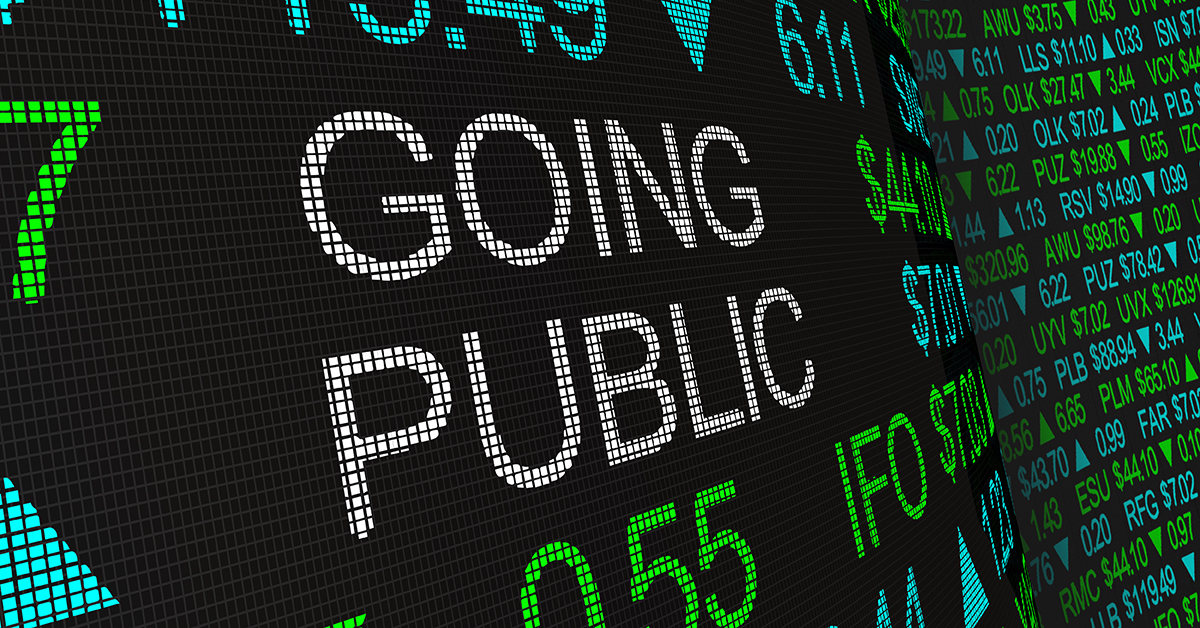The number of SPACIPOs broke records during the pandemic.

The booming popularity of special purpose acquisition companies (SPACs) is breathing fresh energy into alternative offerings, allowing companies to raise money with fewer constraints and lower costs than through traditional IPOs.
The flurry of IPO activity seen in the second half of 2020 continued into the early months of this year as companies looked to tap central bank-infused liquidity amid ebullient stock valuations.
“We experienced a lot of growth in strong companies approaching us, biotech companies in particular. It was like somebody threw a switch in June,” says Rod Turner, CEO and Founder of Manhattan Street Capital, who advises mid-sized companies on fund-raising options such as Regulation A+ offerings.
Created with the sole purpose of going public and buy a company, SPAC IPOs reached record numbers during the pandemic. There were 248 transactions last year, more than three times than in 2019, according to spacinsider.com. More than 170 transactions were recorded early this year, the site shows.
The size of the transactions has increased too. An average SPAC raises about $330 million, a 45% increase from 2019 and five times higher than in 2009, according to spacinsider.com.
The frenzy of alternative IPOs is expected to accelerate before the window of opportunity closes.
“This is an abnormally bubbly stock market. At some point, this bubble will burst, too. But in the meantime, it’s causing a lot of excitement and a lot of activity as well,” says Turner.
Boon for Global IPOs
SPACs largely contributed to a record IPO growth last year. The New York Stock Exchange says 2929 was its “busiest year on record for IPOs,” with a total $81.8 billion raised from 163 transactions. SPACs accounted for more than half of the boon, with $45.3 billion in 113 deals. Billionaire investor Bill Ackman’s Pershing Square Tontine Holdings—a SPAC—carried out the biggest NYSE IPO of 2020.
Direct listings also got a boost, with Palantir and Asana debuting on the NYSE on a single day. Cryptocurrency services provider Coinbase Global and videogame platform Roblox are among the next to go public in direct listings.
“The emergence of SPACs and an increased interest in direct listings reflected the unique needs of companies this year, and our flexibility to execute IPOs and other transactions in a largely remote environment was critical,” John Tuttle, Vice Chairman and Chief Commercial Officer, NYSE Group, says in a note.
About six years since their regulation was approved, Reg A+ offerings have also been on the rise. “We’re probably getting three or four times as many good companies approaching us as a year earlier, pre-Covid. That’s really impressive,” Turner tells Global Finance.
Fewer Constraints
SPACs, direct listings, and Reg A+ offer a cheaper, faster route to raising capital than traditional IPOs but follow different rules.
Unlike traditional IPOs, direct listings do not require underwriters as the share price is set on the first trading day. Reg A+ offerings have fewer initial auditing costs than traditional IPOs and can bank all the money raised even if they fall short of the target. Unlike SPACs, Reg A+ issuers must have an operating history of at least two years and a more detailed investment plan. While most SPACs have to complete an acquisition within two years from going public, Reg A+ have no deadlines. Size changes too. Reg A+ are for small- and mid-sized firms, raising an average of $10 million compared to hundreds of millions in the alternative offerings.
Turner says individual investors have offered between $1,400 and $8,000 in the Reg A+ IPOs he has advised. The increased use of digital platforms during the pandemic has spurred greater activity from retail investors.
“People who are investing in Reg A+ are Main Street investors, they don’t have to be wealthy. They tend to be optimists,” explains Turner. “The number of them who invest on their first visit is much higher than it used to be,” the CEO says.
Previously seen as a riskier investment, alternative IPOs have gained in reputation. More than 90% of recent SPACs have successfully consummated mergers, according to a September report by McKinsey and Co.
The Securities and Exchange Commission has approved regulatory changes expected to appeal to more and larger issuers.
From March 2021, the larger Reg A+ offerings could raise up to $75 million from $50 million currently. The SEC in December approved a rule allowing direct listings to sell new shares.
Global Appeal
SPACs are not an isolated Wall Street phenomenon. Asia is considered the next hub for both issuers and targets. According to S&P Global, Asia Pacific-headquartered SPACs raised $2.4 billion in 2020, up from $613 million in 2019. As of Jan. 31, eight SPACs raised $1.71 billion in the region.
Prominent investors have called on UK authorities to follow suit. “The UK needs to promptly consider the SPAC revolution,” former London Stock Exchange head Xavier Rolet, Vote Leave co-founder Matthew Elliot and Shote Capital’s Head of Research Clive Back write in an open letter.



